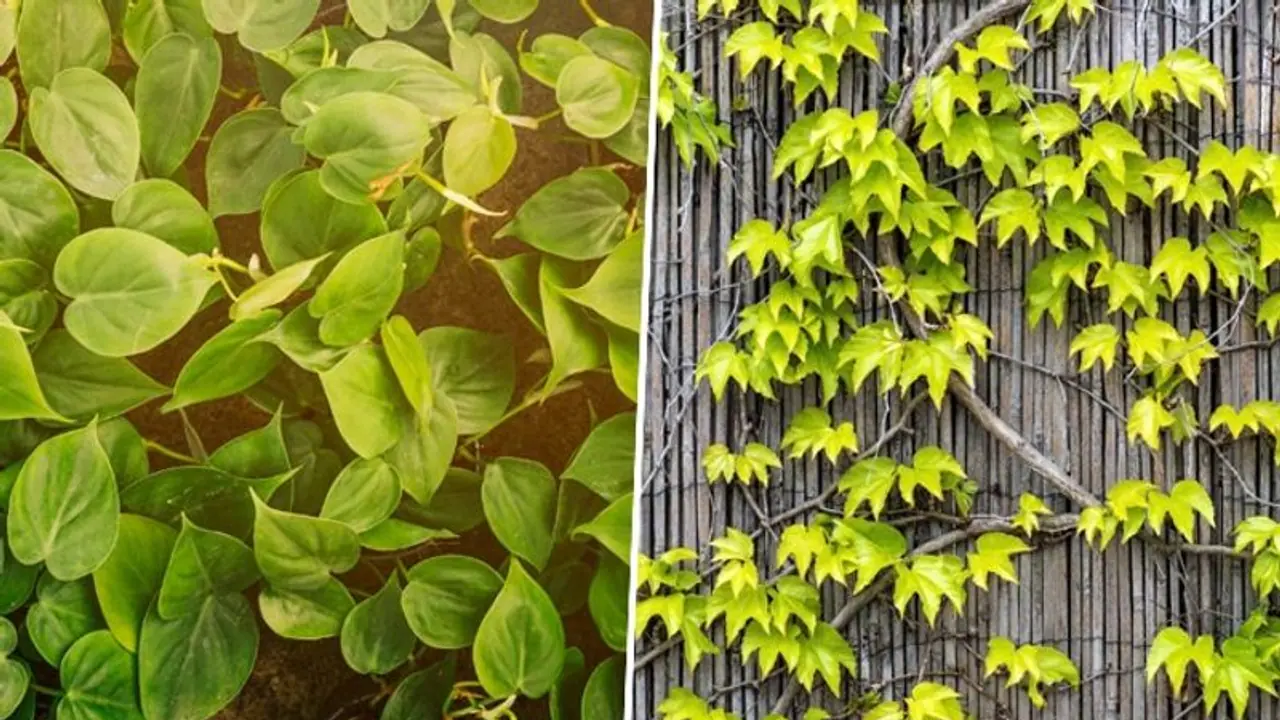Here are some helpful insights for successfully growing creepers indoors. Pay attention to these essential points from lighting and soil to maintenance tips, for a thriving indoor green haven.
Bringing the beauty of nature indoors through creeper plants can transform your living space into a lush haven. However, successful indoor creeper cultivation requires careful consideration of various factors. Creating a thriving indoor garden with creepers demands attention to these factors. A successful indoor jungle relies on understanding the needs of each plant species and adapting your care routine accordingly. Here are 7 crucial points to keep in mind when growing creepers inside your home:

1. Optimal Lighting Conditions
Different creeper species have varying light requirements. Pay attention to their specific needs – some thrive in bright, indirect light, while others may flourish in low-light conditions. Adjust your placement accordingly.
2. Selecting the Right Containers
Choose pots with proper drainage to prevent waterlogging. Consider the eventual size of the creeper and its growth pattern, selecting a container that accommodates its growth.
3. Soil Composition
Use well-draining and nutrient-rich soil mixes suitable for the particular creeper type. Some may prefer slightly acidic soil, while others might thrive in more alkaline compositions.
4. Adequate Support
Creepers require proper support to climb and spread. Provide trellises, stakes, or other support systems that match the growth pattern of the plant.
ALSO READ: Air plants to bamboo: 7 plants which thrive in bathrooms
5. Regular Pruning and Training
Pruning helps control the creeper's size and shape. Regularly trim dead or overgrown foliage, and gently train the plant along its support structure for optimal growth.
6. Humidity Considerations
Many indoor environments have lower humidity levels than what some creepers prefer. Mist the plants occasionally or place them near a humidity source to maintain the moisture they need.
ALSO READ: Cactus to sago palm: 7 plants to avoid in the bedroom
7. Pest and Disease Management
Keep an eye out for pests and diseases that can affect indoor creepers. Early detection and proper treatment, which may involve natural remedies or mild pesticides, can prevent potential damage.
